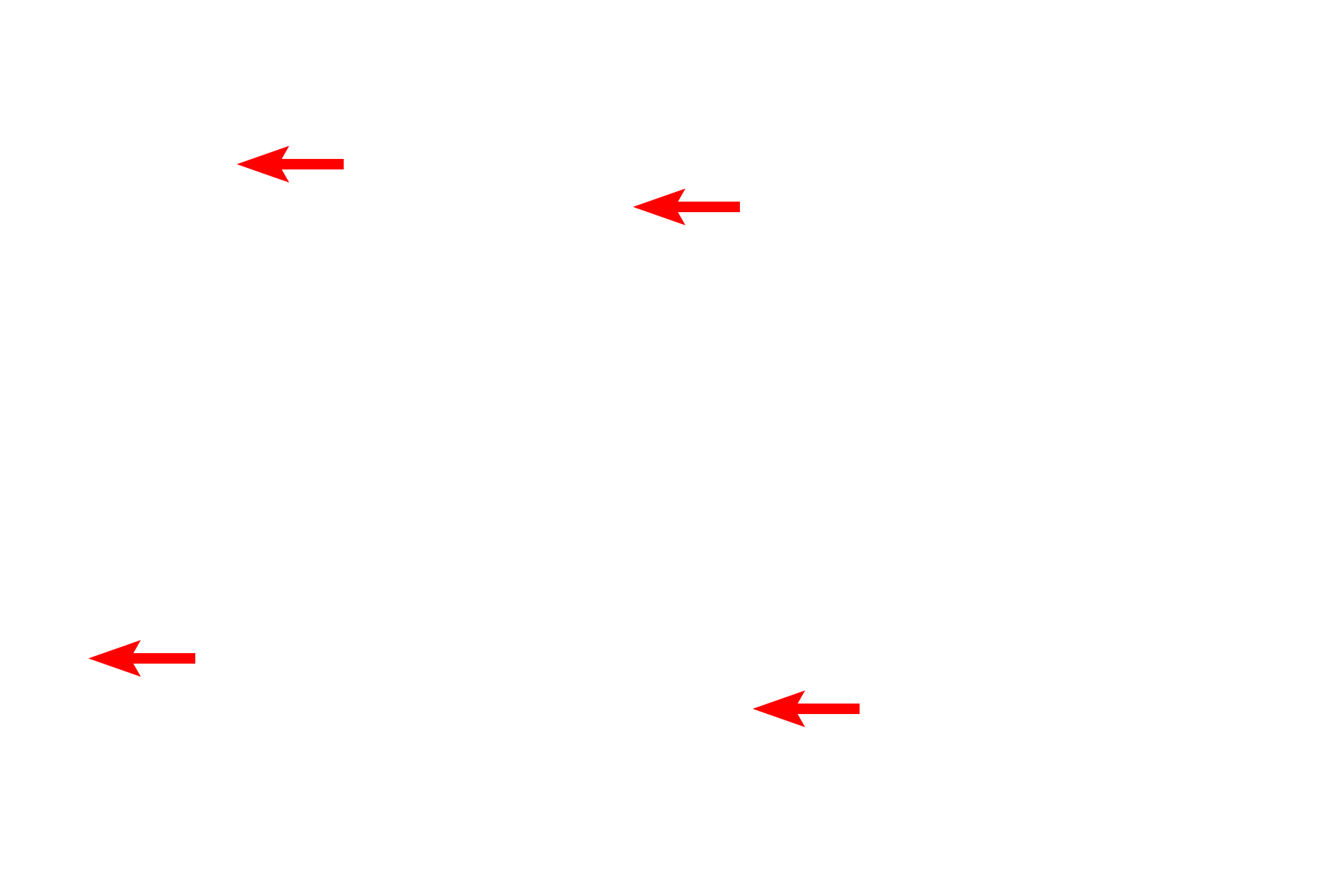
Tooth
Enamel, with its growth lines or striae, appears yellow-brown in this image of ground tooth. Enamel, the hardest substance of the body, is formed by ameloblasts, lying on the surface of enamel during tooth development. These ameloblasts are lost as the tooth erupts, explaining why enamel is not formed after tooth eruption. A portion of the dentin is seen in the lower right corner. 200x

Enamel
Enamel, with its growth lines or striae, appears yellow-brown in this image of ground tooth. Enamel, the hardest substance of the body, is formed by ameloblasts, lying on the surface of enamel during tooth development. These ameloblasts are lost as the tooth erupts, explaining why enamel is not formed after tooth eruption. A portion of the dentin is seen in the lower right corner. 200x

- Stria
Enamel, with its growth lines or striae, appears yellow-brown in this image of ground tooth. Enamel, the hardest substance of the body, is formed by ameloblasts, lying on the surface of enamel during tooth development. These ameloblasts are lost as the tooth erupts, explaining why enamel is not formed after tooth eruption. A portion of the dentin is seen in the lower right corner. 200x

Dentin
Enamel, with its growth lines or striae, appears yellow-brown in this image of ground tooth. Enamel, the hardest substance of the body, is formed by ameloblasts, lying on the surface of enamel during tooth development. These ameloblasts are lost as the tooth erupts, explaining why enamel is not formed after tooth eruption. A portion of the dentin is seen in the lower right corner. 200x

Dentino-enamel junction
Enamel, with its growth lines or striae, appears yellow-brown in this image of ground tooth. Enamel, the hardest substance of the body, is formed by ameloblasts, lying on the surface of enamel during tooth development. These ameloblasts are lost as the tooth erupts, explaining why enamel is not formed after tooth eruption. A portion of the dentin is seen in the lower right corner. 200x